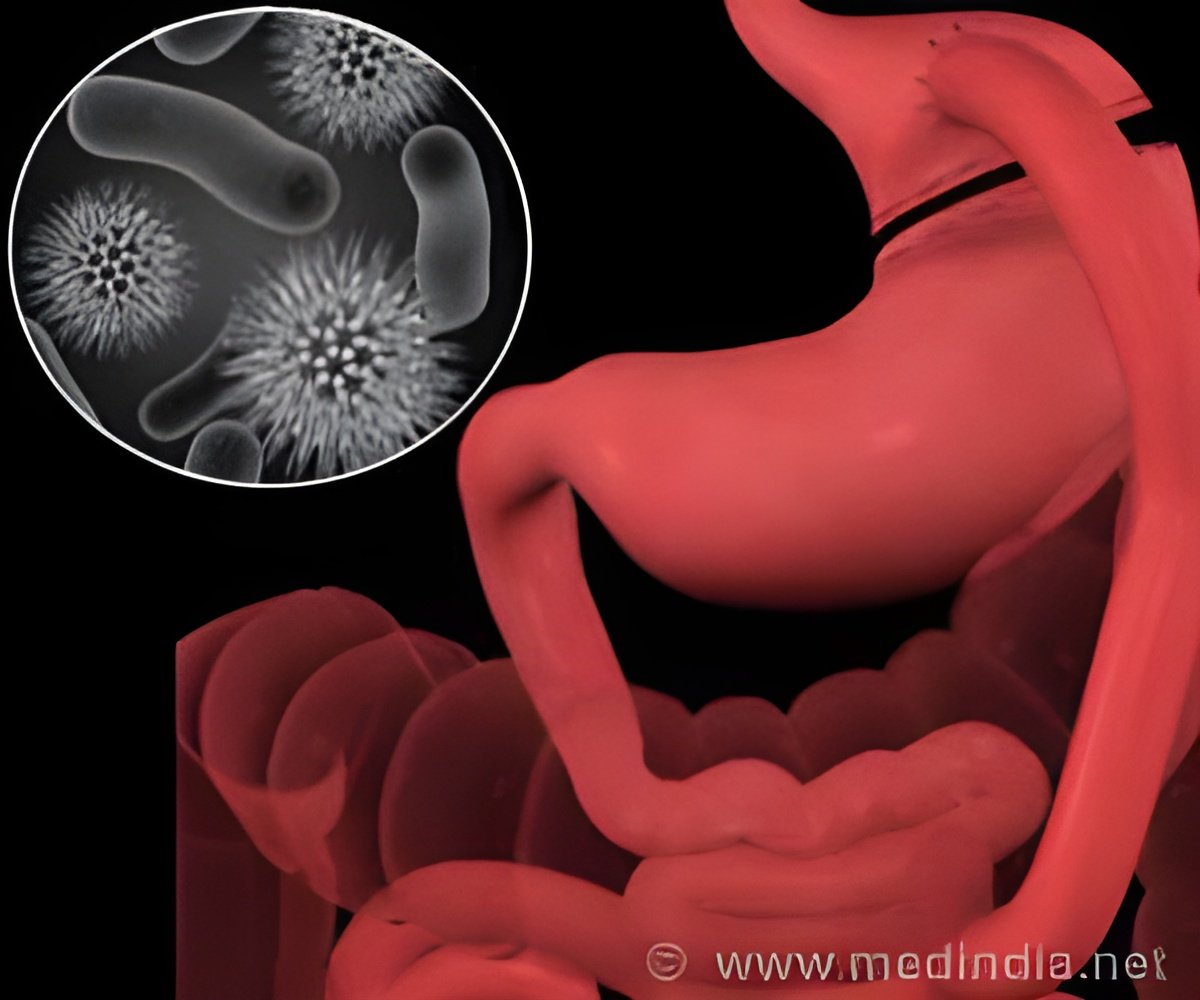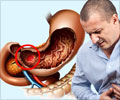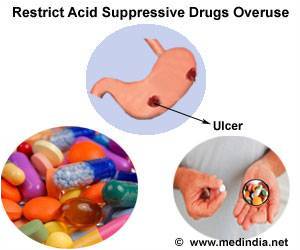
The researchers induced small stomach lesions in anesthetized mice and observed that H. pylori bacteria can rapidly detect the injury site and navigate toward it. Within minutes, accumulation of bacteria interferes with repair of the tissue damage—and these results are the earliest indication showing H. pylori causing disease.
To examine how the bacteria accomplish this, the researchers also studied mice with larger stomach lesions (ulcers) that were subsequently infected with H. pylori. They found that H. pylori preferentially colonizes stomach tissue at injured ulcer sites, and there impairs healing of the damaged tissue. Selective colonization requires both bacterial motility and chemotaxis (the ability to change direction of movement in response to environmental cues), and higher levels of bacterial accumulation cause slower healing. However, when extremely high levels of immotile or chemotaxis-deficient bacteria are added to damaged tissue, they can also slow healing. As the researchers explain, "it’s like a tag team race. Chemotactic machinery guides H. pylori into the damage site to colonize, and then other virulence factors take over to make sure the site stays just as tasty in the long term by slowing repair of any damage".
While the signals that attract H. pylori (but not benign stomach bacteria) toward injured tissue are not yet known, the researchers hope that their ability to rapidly measure H. pylori accumulation at the injured site now provides an experimental set-up to determine the factor(s) involved.
"The broader implications of our work", the researchers say, "are that even subclinical insults to the stomach that occur in daily life (damage from grinding of food, ingestion of alcohol, taking an aspirin) can potentially attract H. pylori and not only slow repair of any existing damage, but maybe also provide an initiation site that can start the pathogenic sequence of more severe stomach diseases caused by H. pylori".
Source-Eurekalert









